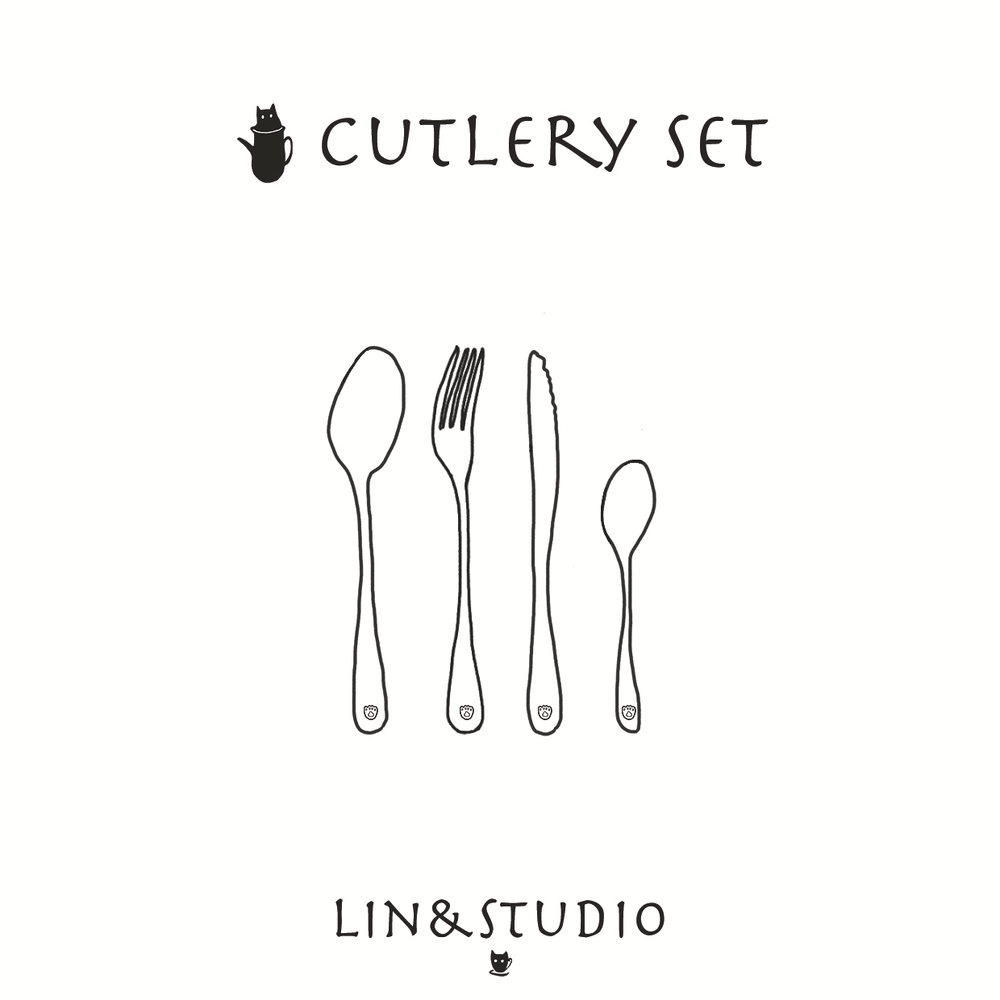
# The Evolution of Cutlery: From Stone Tools to Modern Dining Implements
## Introduction
Cutlery, the tools we use to prepare, serve, and consume food, has undergone a remarkable transformation throughout human history. From the rudimentary stone tools of our ancestors to the sophisticated stainless steel implements of today, the evolution of cutlery reflects not only technological advancements but also cultural and social changes.
## The Stone Age: The Birth of Cutlery
The earliest forms of cutlery can be traced back to the Stone Age, when early humans used sharpened stones and bones as knives and spoons. These primitive tools were essential for survival, allowing our ancestors to cut meat, scrape hides, and gather food. The simplicity of these tools belies their importance; they were the foundation upon which all future cutlery would be built.
## The Bronze and Iron Ages: Metallurgical Advancements
With the advent of metallurgy, cutlery took a significant leap forward. The Bronze Age saw the introduction of metal knives and spoons, which were more durable and efficient than their stone counterparts. The Iron Age further revolutionized cutlery, with iron and steel becoming the materials of choice. These metals allowed for sharper, more precise tools, paving the way for the development of specialized cutlery such as forks and ladles.
## The Middle Ages: The Rise of the Fork
The Middle Ages marked a turning point in the history of cutlery, particularly with the introduction of the fork. Initially met with skepticism and even ridicule, the fork gradually gained acceptance, especially among the nobility. By the Renaissance, forks had become a symbol of refinement and etiquette, and their use spread throughout Europe. This period also saw the emergence of more elaborate and decorative cutlery, reflecting the growing importance of dining as a social ritual.
## The Industrial Revolution: Mass Production and Standardization
The Industrial Revolution brought about profound changes in the production of cutlery. Mass production techniques allowed for the creation of standardized, affordable cutlery that was accessible to a broader segment of the population. The introduction of stainless steel in the early 20th century further enhanced the durability and hygiene of cutlery, making it a staple in households worldwide.
## Modern Cutlery: Innovation and Design
Today, cutlery continues to evolve, driven by innovation and design. Modern materials such as titanium and high-tech polymers offer new possibilities for lightweight, durable, and aesthetically pleasing cutlery. Ergonomic designs cater to the needs of contemporary diners, while sustainable practices are increasingly influencing the production and disposal of cutlery. From high-end restaurants to everyday households, cutlery remains an integral part of our dining experience.
## Conclusion
The evolution of cutlery is a testament to human ingenuity and adaptability. From the simplest stone tools to the most advanced modern implements, cutlery has played a crucial role in our survival, culture, and social interactions. As we continue to innovate and refine our dining tools, the story of cutlery remains a fascinating journey through the history of human civilization.
Keyword: cutlery